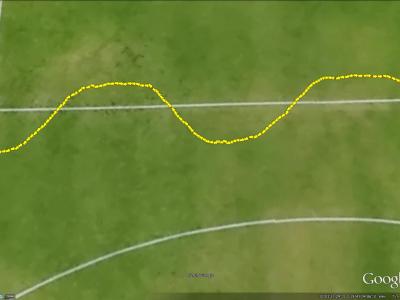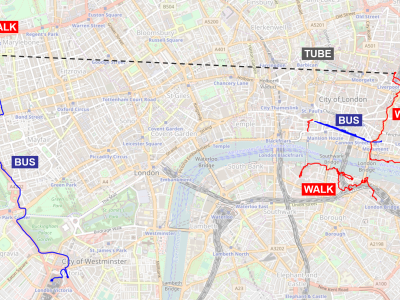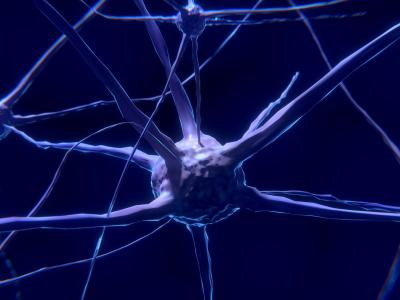Reference: Laschowski B, McNally W, McPhee J, and Wong A. (2019). Preliminary design of an environment recognition system for controlling robotic lower-limb prostheses and exoskeletons. IEEE International Conference on Rehabilitation Robotics (ICORR). DOI: 10.1109/ICORR.2019.8779540.
- Categories:









